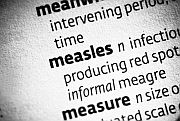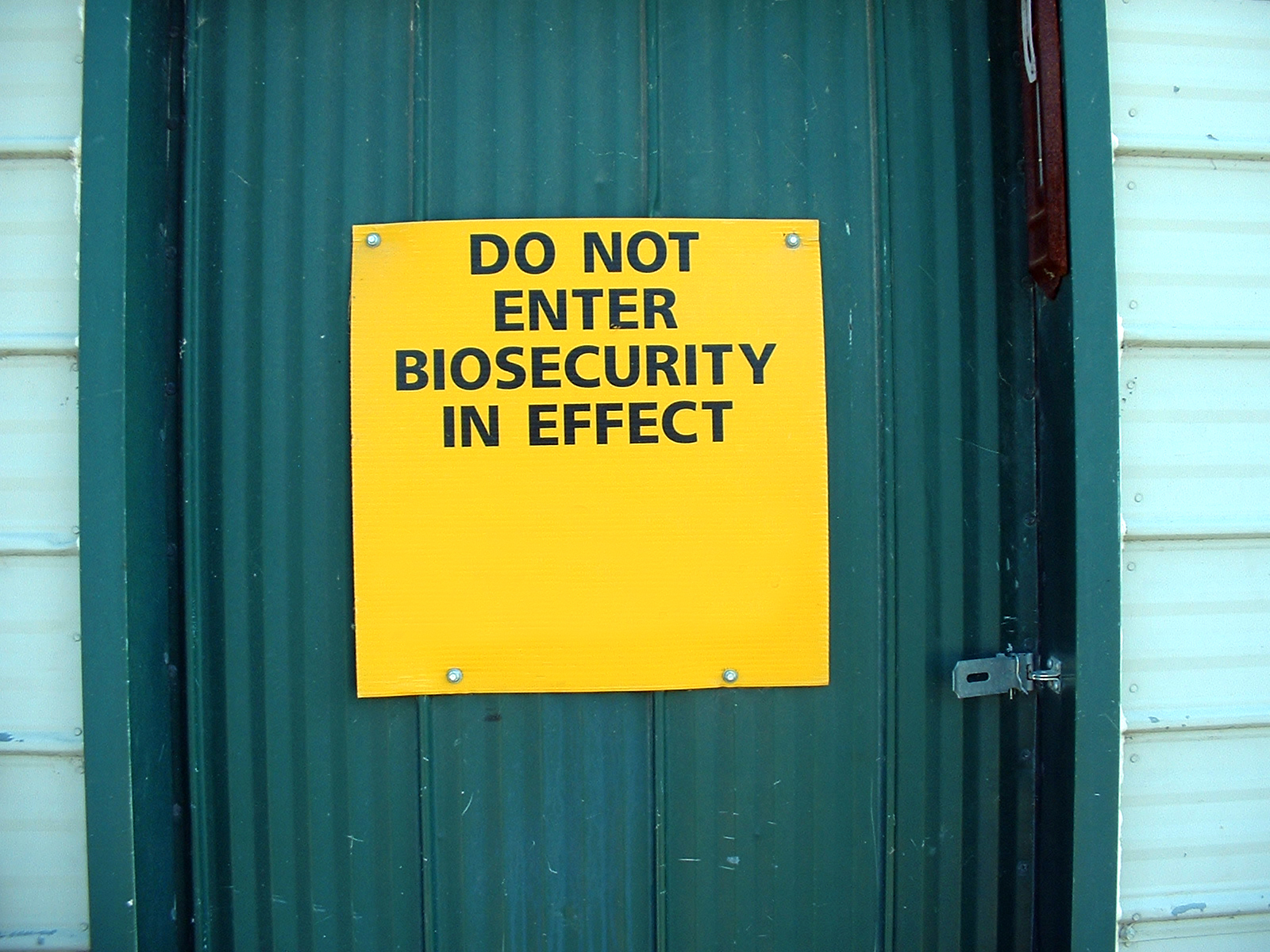
TUESDAY, April 28, 2015 (HealthDay News) — A microneedle patch may be an easier, safer and more convenient way to vaccinate more people worldwide against measles and other vaccine-preventable diseases, new research suggests.
Being developed by the U.S. Centers for Disease Control and Prevention and the Georgia Institute of Technology, the small patch is lined on one side with 100 tiny needles made of polymer, sugar, and vaccine. These microneedles are less than a millimeter long and are pressed into the skin with a thumb, the CDC researchers said.
A study conducted by the CDC and Georgia Tech showed the patch produces a strong immune response in rhesus macaque monkeys without adverse effects. That finding cleared the way for trials involving people by 2017, the researchers said.
“Each day, 400 children are killed by measles complications worldwide. With no needles, syringes, sterile water or sharps disposals needed, the microneedle patch offers great hope of a new tool to reach the world’s children faster, even in the most remote areas,” study author James Goodson, an epidemiologist with the CDC’s Global Immunization Division, said in an agency news release.
When the patch is applied, the microneedles enter the outer layers of the skin and dissolve within a few minutes, releasing the vaccine. Afterward, the patch can be thrown away, the researchers added.
The patch is no more costly than conventional syringe vaccines, and health workers with minimal training can administer the patch. It can also be stored, distributed and discarded more easily than conventional vaccines, the researchers said.
“This advancement would be a major boost in our efforts to eliminate this disease [measles], with more vaccines administered and more lives saved at less cost,” Goodson said.
Another benefit to the patch is that it can be stored more efficiently and stays viable even at more extreme temperatures. The researchers noted this would help health workers provide the measles vaccine to those living in remote areas. The patch also eliminates the risks associated with accidental needlesticks, they added.
Twenty million people are affected by measles every year, but global vaccine coverage is only about 85 percent. Health officials say coverage of up to 95 percent is needed to halt transmission of the disease.
More information
The U.S. Department of Health and Human Services has more on the measles vaccine.
Copyright © 2025 HealthDay. All rights reserved.

